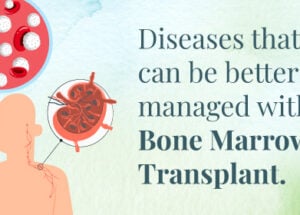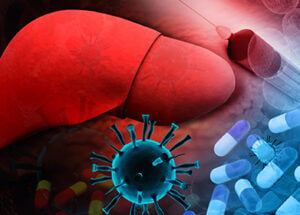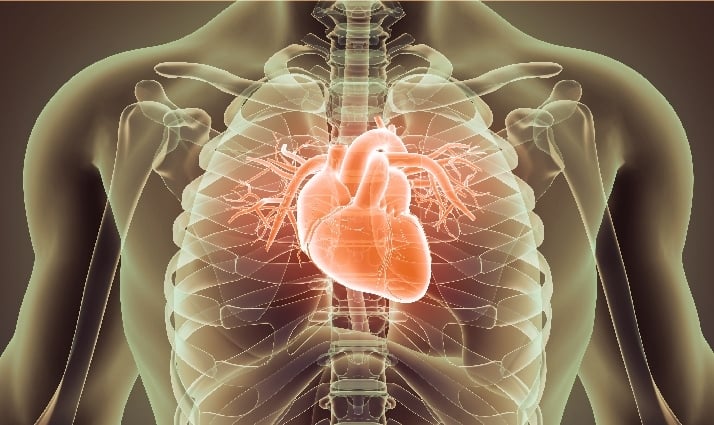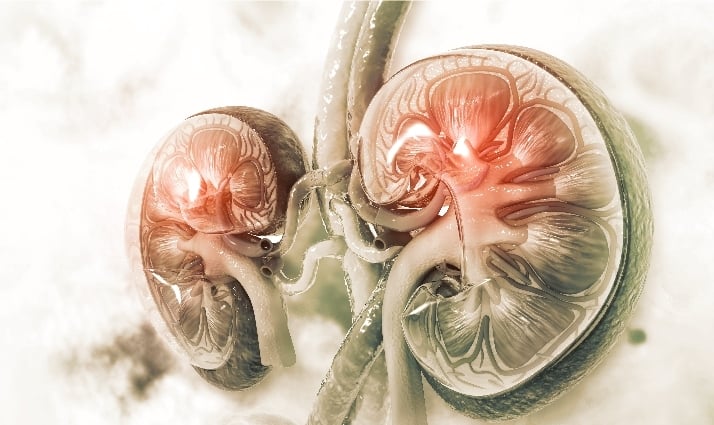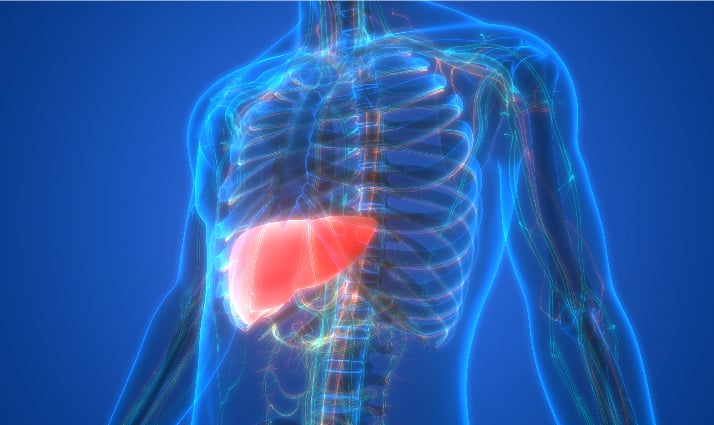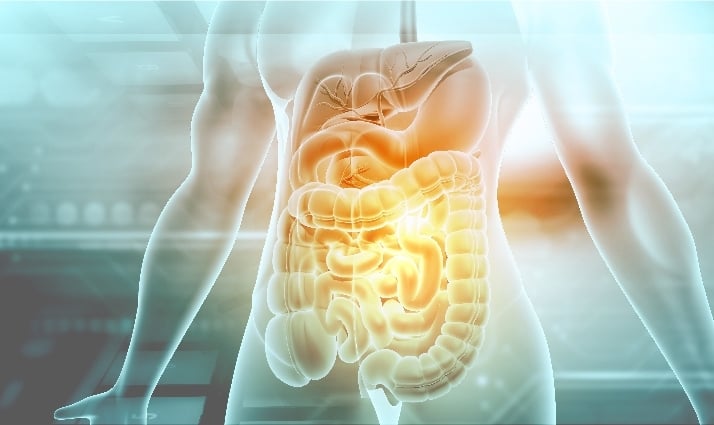Amyloidosis: Causes and Treatment
June 1, 2022

Amyloidosis is a condition that occurs when amyloid, an abnormal protein, accumulates in your tissues and organs. When this happens, it affects their shape and how they function. A person might have amyloidosis in one or many organs.
Contents
- Causes of Amyloidosis
- Types of Amyloidosis
- Risk Factors for Amyloidosis
- Symptoms of Amyloidosis
- Types of Amyloidosis based on the different organs of our body
- Diagnosis of Amyloidosis
- Treatment for Amyloidosis
- What is the leading cause of amyloidosis?
- What are the 3 types of amyloidosis?
- Can amyloidosis be cured?
Causes of Amyloidosis
A lot of proteins can lead to amyloid deposits in your body, but very few of them have been linked to severe health problems. The type of protein and where it is deposited will define the kind of amyloidosis that you might possess.
Types of Amyloidosis
-
- AL amyloidosis (immunoglobulin light chain amyloidosis)
This is the most prevalent kind and was previously known as primary amyloidosis. AL stands for “amyloid light chains,” the sort of protein that causes the illness. There is no known cause, but it occurs when your bone marrow produces aberrant antibodies that cannot be broken down. It has been related to multiple myeloma, a kind of blood cancer. It has the potential to harm your kidneys, heart, liver, intestines, and nerves.
-
- AA amyloidosis
This disorder, formerly known as secondary amyloidosis, is caused by other chronic infectious or inflammatory diseases such as rheumatoid arthritis, Crohn’s disease, or ulcerative colitis. Although it can have an impact on the digestive tract, liver, and heart, it primarily affects the kidneys.
-
- Dialysis-related amyloidosis (DRA)
This is especially common in the elderly and those who have been on dialysis for more than five years. This type of amyloidosis is caused by beta-2 microglobulin deposits that accumulate in the blood. Deposits can form in various tissues, but bones, joints, and tendons are the most common.
-
- Familial, or hereditary, amyloidosis
This is an uncommon variant that is passed down via families. It frequently damages the liver, nerves, heart, and kidneys. Many genetic flaws have been related to an increased risk of amyloid illness. An aberrant protein, such as transthyretin (TTR), could be the reason.
-
- Age-related (senile) systemic amyloidosis
This is due to typical TTR deposits in the heart and other tissues. It mostly affects older men.
-
- Organ-specific amyloidosis
This results in amyloid protein accumulation in individual organs, including the skin (cutaneous amyloidosis).
Though some amyloid deposits have been related to Alzheimer’s disease, amyloidosis, which occurs throughout the body, seldom affects the brain.
Risk Factors for Amyloidosis
Men are more likely than women to get amyloidosis. As you get older, your chances of developing amyloidosis increase. Amyloidosis affects 15% of patients with multiple myeloma, a malignancy.
Amyloidosis can also occur in people with end-stage kidney disease who have been on dialysis for a long time.
Symptoms of Amyloidosis
Amyloidosis symptoms are frequently inconspicuous. They can also differ significantly depending on where the amyloid protein accumulates in the body. It is crucial to remember that a range of medical issues could cause the symptoms described below. A doctor can only diagnose amyloidosis.
A few general symptoms of amyloidosis are:
- Changing skin color
- Fatigue
- Severe joint pain
- Anaemia
- Falling short of breath
- Feeling of numbness and tingling in the feet and legs
- Hand grip issues
- Rapid weight loss
Types of Amyloidosis based on the different organs of our body
1. Cardiac Amyloidosis
Amyloid deposits in the heart can stiffen the heart muscle walls. They can also weaken the heart muscle and disrupt its electrical rhythm. This disorder may result in a reduced blood supply to your heart. Your heart will eventually be unable to pump normally. If you happen to have cardiac amyloidosis, you will experience the following symptoms:
- Breathing difficulties with light activity
- An unsteady heartbeat
- Heart failure symptoms include swelling of the feet and ankles, weakness, weariness, and nausea.
Also Read: Heart Healthy Diet
2. Renal Amyloidosis
Your kidneys are responsible for filtering waste and poisons from your blood. However, amyloid deposits in the kidneys make it difficult for them to perform this function. When your kidneys fail to function properly, water and hazardous poisons accumulate in your body. People with renal amyloidosis will experience the following symptoms:
- Signs of renal failure include swelling of the feet and ankles and puffiness around the eyes.
- Protein levels in your urine will be high.
3. Gastrointestinal Amyloidosis
Amyloid deposits in your GI tract slow down the flow of food through your intestines. This obstructs digestion. If amyloidosis affects your GI tract, the following symptoms will be experienced:
- Reduced appetite
- Diarrhoea
- Nausea
- Pain in the stomach
- Rapid loss of weight
4. Amyloid Neuropathy
Amyloid deposits can harm the peripheral nerves, which are the nerves that run outside of your brain and spinal cord. Peripheral nerves connect your brain and spinal cord to the rest of your body. For example, burning your fingers or stubbing your toes cause your brain to sense pain. When amyloidosis affects your nerves:
- Balancing problems
- No control over your bowel movements
- Sweating problems
- Tingling and weakness
- Lightheadedness when standing due to an issue with your body’s ability to control blood pressure
Also Read: Causes Of High Blood Pressure- Hypertension
Diagnosis of Amyloidosis
A comprehensive physical exam and a complete and accurate medical history are critical in assisting your doctor in diagnosing amyloidosis. Abnormal proteins can be detected using blood and urine tests. Your doctor may also examine your thyroid and liver, depending on your symptoms.
Your doctor will perform a biopsy to confirm the diagnosis of amyloidosis and determine the precise type of protein you have. The biopsy tissue sample may come from your belly fat (the abdominal fat pad), bone marrow, or, in rare cases, your mouth, rectum, or other organs. It is not always necessary to do a biopsy on the area of the body affected by amyloid deposits.
Treatment for Amyloidosis
Amyloidosis has no cure. Your doctor will recommend therapies to slow the development of the amyloid protein and manage your symptoms. If amyloidosis is linked to another disorder, treatment will focus on the underlying condition.
Treatment options vary depending on the kind of amyloidosis and the number of organs affected.
- In some people with primary AL amyloidosis, high-dose chemotherapy combined with a stem cell transplant can help eliminate the chemical that causes amyloid production. Other patients with primary AL amyloidosis may be treated alone with chemotherapy medications.
- Secondary (AA) amyloidosis is treated by treating the underlying illness and using powerful anti-inflammatory medications known as steroids to combat inflammation.
- You may benefit from a liver transplant if you have certain types of hereditary amyloidosis.
- TTR production can be slowed using new medicines.
- Your doctor may also suggest a kidney transplant.
Best Gastroenterology Hospital in India | Best Gastro Doctor in India
People also ask
1. What is the leading cause of amyloidosis?
A lot of proteins can lead to amyloid deposits in your body, but very few of them have been linked to severe health problems. The type of protein and where it is deposited will define the kind of amyloidosis that you might possess.
2. What are the 3 types of amyloidosis?
AL amyloidosis (immunoglobulin light chain amyloidosis)
This is the most prevalent kind and was previously known as primary amyloidosis. AL stands for “amyloid light chains,” the sort of protein that causes the illness. There is no known cause, but it occurs when your bone marrow produces aberrant antibodies that are unable to be broken down.
AA amyloidosis
This disorder, formerly known as secondary amyloidosis, is caused by other chronic infectious or inflammatory diseases such as rheumatoid arthritis, Crohn’s disease, or ulcerative colitis.
Dialysis-related amyloidosis (DRA)
This is especially common in the elderly and those who have been on dialysis for more than five years. This type of amyloidosis is caused by beta-2 microglobulin deposits that accumulate in the blood.
3. Can amyloidosis be cured?
Amyloidosis has no cure. Your doctor will recommend therapies to slow the development of the amyloid protein and manage your symptoms. If amyloidosis is linked to another disorder, treatment will focus on the underlying condition.


